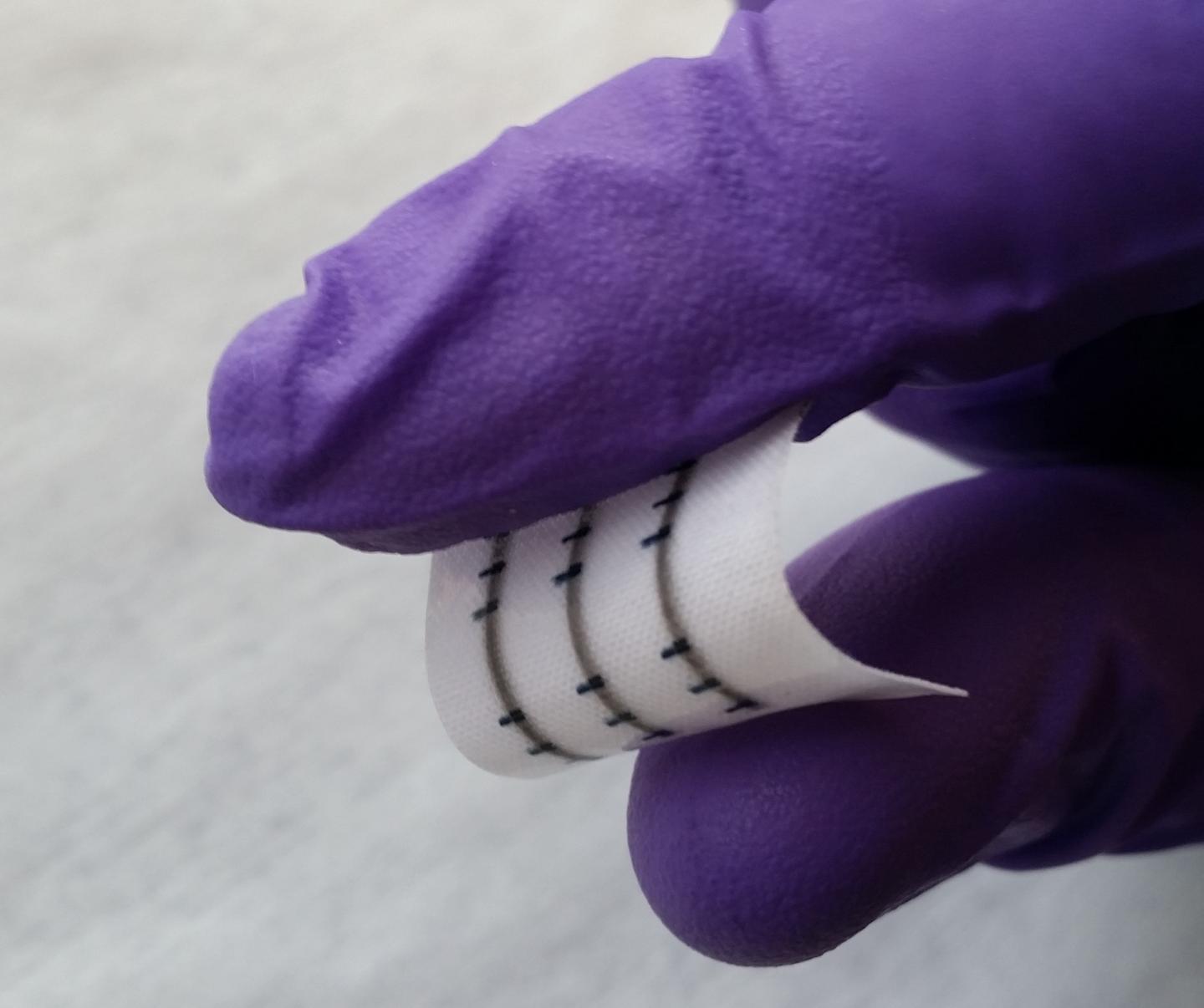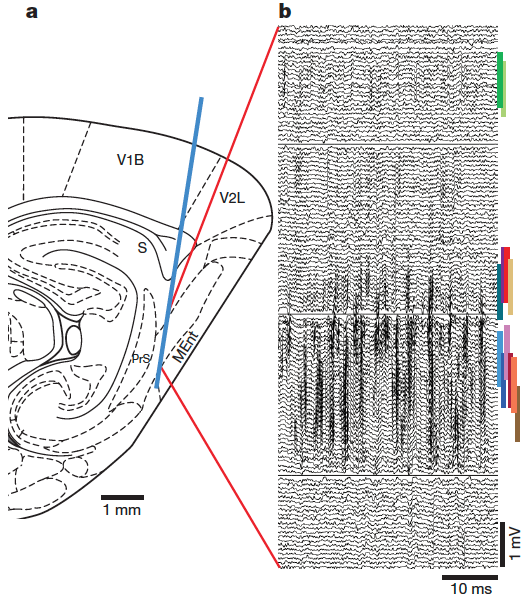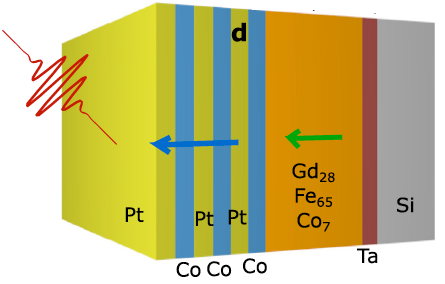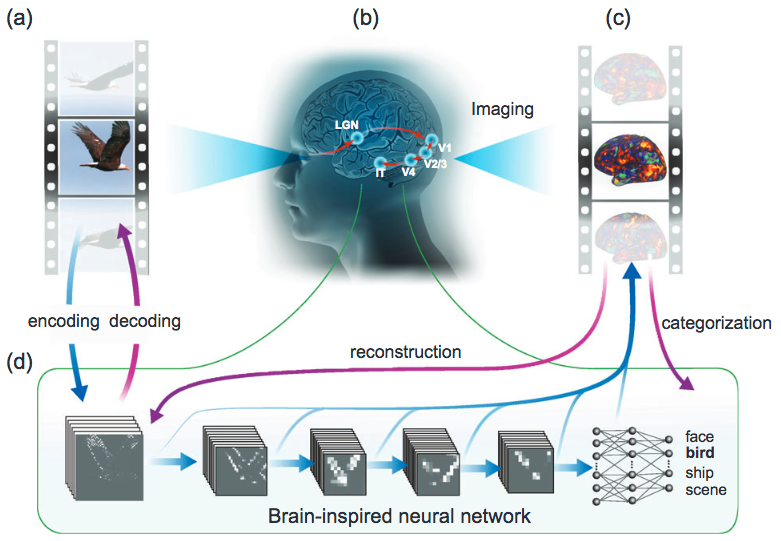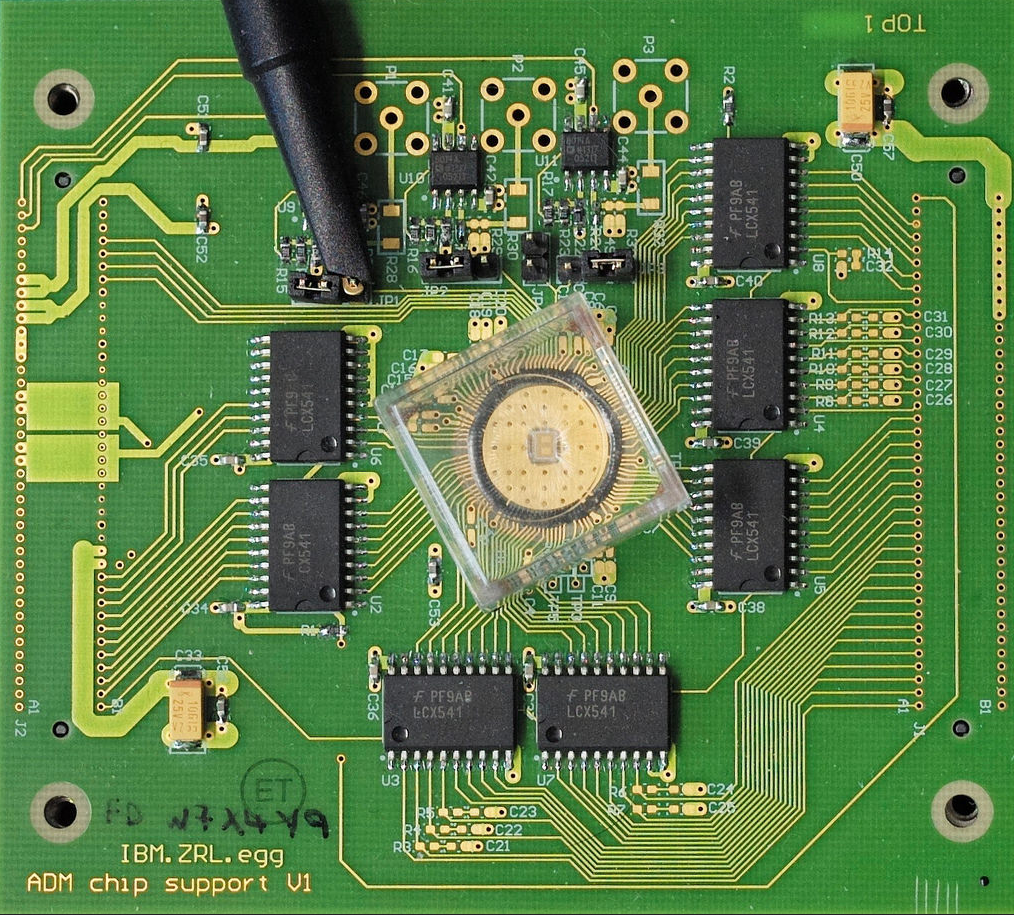
organization: Council on Foreign Relations | link
event: Annual Term Member Conference | link
talk title: The Future of Artificial Intelligence & Its Impact on Society | link
host: Nicholas Thompson — Editor in Chief at Wired
speaker: Ray Kurzweil — leading inventor, futurist, best selling author
presentation date: November 3, 2017
about from CFR | In a wide-ranging discussion at a Council on Foreign Relations event, Ray Kurzweil covers issues from how AI will enhance us — expanding our intelligence while improving our lives and even our spirituality — to ethical issues such as dealing with technological risks.
Each year CFR * organizes more than 100 on-the-record events, conference calls, and podcasts in which senior government officials, global leaders, business executives, and prominent thinkers discuss pressing international issues.
* CFR is the Council on Foreign Relations
on the web | essentials
Council on Foreign Relations | main
Council on Foreign Relations | events: main
Council on Foreign Relations | events: The Future of Artificial Intelligence & Its Impact on Society
Council on Foreign Relations | YouTube channel: main
Council on Foreign Relations | YouTube channel: The Future of Artificial Intelligence & Its Impact on Society — video
Wikipedia | Council on Foreign Relations
transcript: full talk
organizer: Council on Foreign Relations
event: Annual Term Member Conference
talk title: The Future of Artificial Intelligence & Its Impact on Society
speaker: Ray Kurzweil — leading inventor, futurist, best selling author
host: Nicholas Thompson — Editor in Chief at Wired
THOMPSON: All right. Hello, everybody. Welcome to the closing session of the Council on Foreign Relations 22nd annual Term Member Conference with Ray Kurzweil.
I’m Nicholas Thompson. I will be presiding over today’s session.
I’d also like to thank Andrew Gundlach, him and the Anna-Maria and Stephen Kellen Foundation, for their generous support of the CFR Term Member Program. I was a term member a couple years ago. I love this program. What a great event. I’m so glad to be here. I’m also glad to be here with Ray. All right, I’m going to read Ray’s biography, and then I’m going to dig into some questions about how the world is changing, and he will blow your mind.
So Ray Kurzweil is one of the world’s leading inventors, thinkers, and futurists, with a 30 year track record of accurate predictions. It’s true. If you look at his early books, they’re 96% and 98% accurate. Called “the restless genius” by The Wall Street Journal, “the ultimate thinking machine” by Forbes magazine, he was selected as one of the top entrepreneurs by Inc. magazine, which described him as the rightful heir to Thomas Edison. PBS selected him as one of the 16 revolutionaries who made America. Reading his bio, I was upset that he quotes all of my competitors, so I’m going to add a quote from Wired magazine, which is “His mission is bolder than any voyage to space” — Wired magazine.
Ray was the principal inventor of the first CCD flat-bed scanner, the first omni-font optical character recognition, the first print-to-speech reading machine for the blind, the first text-to-speech synthesizer, the first music synthesizer capable of recreating the grand piano and other orchestral instruments, and the first commercially marketed large-vocabulary speech recognition.
Among Ray’s many honors, he received a Grammy Award for outstanding achievements in music technology, he is the recipient of the National Medal of Technology, was inducted into the National Inventors Hall of Fame, holds 21 honorary Doctorates, and honors from three U.S. presidents. Amazing.
Ray has written five national bestselling books, which you should all buy immediately if you’re on your phones, including New York Times bestsellers “The Singularity Is Near” and How To Create A Mind. He is co-founder and chancellor of Singularity University — and a director of engineering at Google, heading up a team developing machine intelligence and natural language understanding.
He also, as I learned walking here, is the father of one of my sister’s friends from grade school, who referred to him as the cool dad with the electric pianos — welcome, Ray.
KURZWEIL: Great to be here.
THOMPSON: All right. So some of you are probably familiar with his work. Some of you may not be. But let’s begin, Ray, by talking about the law of accelerating returns, what that means for technology. Lay out a framework for what’s about to happen, and then we’ll dig into how foreign policy is going to be turned on its head.
KURZWEIL: Sure. Well, that’s the basis of my futurism. In 1981 I realized that the key to being successful as an inventor was timing. The inventors whose names you recognize, like Thomas Edison or my new boss — my first boss, Larry Page, were in the right place with the right idea at the right time. And timing turns out to be important for everything from writing magazine articles to making investments to romance. You got to be at the right place at the right time.
I started with the common wisdom that you cannot predict the future, and I made a very surprising discovery. There’s actually one thing about the future that’s remarkably predictable, and that is that the price, performance, and capacity not of everything, not of every technology, but of every information technology follows a very predictable path. And that path is exponential, not linear. So that’s the law of accelerating returns. But it bears a little explanation.
I had the price/performance of computing — calculations per second per constant dollar — going back to the 1890 Census through 1980 on a logarithmic scale, where a straight line is exponential growth. It was a gradual, second level of exponential, but it was a very smooth curve. And you could not see World War I or World War II or the Great Depression or the Cold War on that curve. So I projected it out to 2050. We’re now 36 years later. It’s exactly where it should be. So this is not just looking backward now and over-fitting to past data, but this has been a forward-looking progression that started in 1981. And it’s true of many different measures of information technology.
And the progression is not linear. It’s exponential. And our brains are linear. If you wonder why we have a brain, it’s to predict the future. But the kind of challenges we had, you know, 50,000 years ago when our brains were evolving were linear ones. We’d look up and say: OK, that animal’s going that way, I’m coming up the path this way, we’re going to meet at that rock. That’s not a good idea. I’m going to take a different path. That was good for survival. That became hardwired in our brains. We didn’t expect that animal to speed up as it went along. We made a linear projection.
The primary difference between myself and my critics, and many of them are coming around, is we look at the same world. They apply their linear intuition. For example, halfway through the Genome Project, 1 percent of the genome had been collected after seven years. So mainstream critics said: I told you this wasn’t going to work. Here you are, seven years, 1 percent. It’s going to take 700 years, just like we said. My reaction at the time was, well, we finished 1 percent, we’re almost done, because 1 percent is only seven doublings from 100 percent, and have been doubling every year. Indeed, that continued. The project was finished seven years later. That’s continued since the end of the Genome Project. That first genome cost a billion dollars. We’re now down to $1,000. And every other aspect of what we call biotechnology — understanding this data, modeling, simulating it, and, most importantly, reprograming it, is progressing exponentially.
And I’ll mention just one implication of the law of accelerating returns, because it has many ripple effects and it’s really behind this remarkable digital revolution we see, is the 50 percent deflation rate in information technologies. So I can get the same computation, communication, genetic sequencing, brain data as I could a year ago for half the price today. That’s why you can buy an iPhone or an Android phone that’s twice as good as the one two years ago for twice the price. You put some of the improved price performance in price and some of it into performance. So you asked me actually just a few minutes a question that I was also asked by Christine Lagarde, head of the IMF, at her annual meeting recently: How come we don’t see this in productivity statistics? And that’s because we factor it out. We put it in the numerator and the denominator.
So when this girl in Africa buys a smartphone for $75, it counts as $75 of economic activity, despite the fact that it’s literally a trillion dollars of computation circa 1960, a billion dollars circa 1980. It’s got millions of dollars of free information apps, just one of which is an encyclopedia far better than the one I saved up for years as a teenager to buy. All that counts for zero in economic activity because it’s free. So we really don’t count the value of these products. And people who compile these statistics say, well, we take into consideration quality improvement in products, but really using models that use the old linear assumption.
So then Christine said, yes, it’s true the digital world’s amazing. We can do all these remarkable things. But you can’t wear information technology. You can’t eat it. You can’t wear it. You can’t live in it. And that’s — and my next point is all of that’s going to change. We’ll be able to print out clothing using 3-D printers. Not today. We’re kind of in the hype phase of 3-D printing, but the 2020s — early 2020s, we’ll be able to print out clothing.
There’ll be lots of cool open-source designs you can download for free. We’ll still have a fashion industry, just like we still have a music and movie and book industry. Coexistence of free, open-source products — which are a great leveler — and proprietary products. We’ll print — we’ll be able to create food very inexpensively using 3-D — vertical agriculture, using hydroponic plants for fruits and vegetables, in-vitro cloning of muscle tissue for meat. The first hamburger to be produced this way has already been consumed. It was expensive. It was a few hundred thousand dollars, but — but it was very good. (Laughter.)
THOMPSON: A free side — that’s like, what it costs.
KURZWEIL: But that’s research costs. So it’s a long discussion, but all of these different resources are going to become information technologies. A building was put together recently, as a demo, using little modules snapped together, Lego style, printed on a 3-D printer in Asia. Put together a three-story office building in a few days. That’ll be the nature of construction in the 2020s. 3-D printers will print out the physical things we need.
She said, OK, but we’re getting very crowded. Land is not expanding. That’s not an information technology. And I said, actually there’s lots of land. We just have decided to crowd ourselves together so we can work and play together. Cities was an early invention. We’re already spreading out with even the crude virtual and augmented reality we have today. Try taking a train trip anywhere in the world, and you’ll see that 97% of the land is unused.


